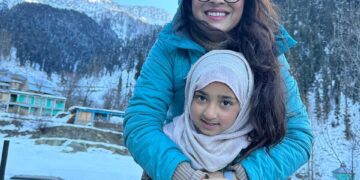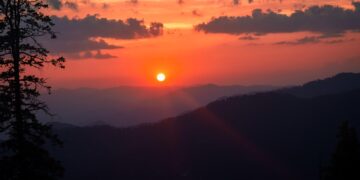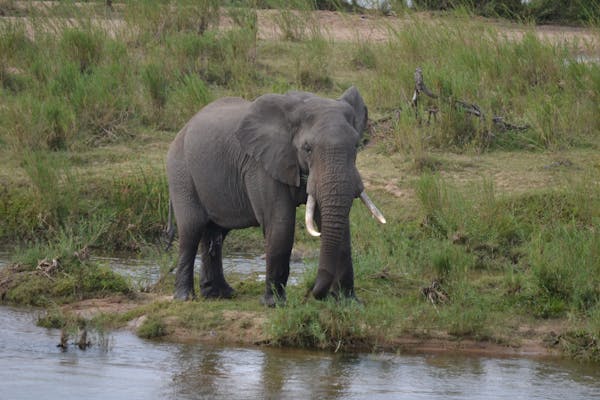Tanzania is one of the world’s premier safari destinations, home to iconic locations like the Serengeti, Ngorongoro Crater, Tarangire, and the vast plains of the Selous. With such a rich diversity of wildlife and landscapes, one of the most common questions travelers ask is: “When is the best time to visit Tanzania for safari?”
The good news? There’s no bad time—Tanzania offers rewarding safari experiences year-round. However, the best time depends on what you want to see and your travel preferences.
Let’s explore the safari seasons in Tanzania, key wildlife events, climate patterns, and how to plan your perfect safari adventure.
Understanding Tanzania’s Safari Seasons
Tanzania experiences two main seasons:
- Dry Season: June to October
- Green/Wet Season: November to May
Both have their advantages and unique experiences.
Dry Season (June to October): Peak Safari Time
- Weather: Clear skies, little to no rain, and low humidity.
- Advantages:
- Best wildlife visibility
- Animals gather around rivers and waterholes
- Few mosquitoes and lower risk of malaria
- Ideal conditions for photography
- Great Migration Viewing: July to September is the best time to witness the wildebeest crossing the Mara River in the Northern Serengeti.
If you want a classic safari experience with high chances of seeing the Big Five, this is the best time to visit Tanzania for safari.
Green Season (November to May): Lush & Less Crowded
- Weather: Warmer and wetter, especially from March to May.
- Advantages:
- Fewer tourists and lower safari prices
- Vibrant landscapes and dramatic skies
- Excellent birdwatching (many migratory species)
- Calving season in Serengeti (Jan–Feb), great for predator action
- Drawbacks:
- Some areas can be muddy or inaccessible
- Rains can disrupt game drives in remote parks
The green season is perfect for travelers seeking a quieter safari, lush scenery, and intimate wildlife encounters.
Month-by-Month Safari Guide
January – February: Calving Season in Serengeti
- Where: Southern Serengeti (Ndutu region)
- What to Expect: Thousands of wildebeest give birth in the short grass plains. Excellent predator sightings—lions, leopards, and cheetahs are on the prowl.
- Weather: Warm and mostly dry.
March – May: Long Rains Begin
- What to Expect: Lush, green landscapes, but heavy rains may affect accessibility. Great for birding and photography.
- Travel Tip: Some lodges may close temporarily. However, prices drop significantly.
June: Start of Dry Season
- Where: Central and Western Serengeti
- What to Expect: Animals begin congregating near water sources. The Great Migration starts heading north.
- Weather: Pleasant, cool mornings and evenings.
July – September: Peak Safari & Migration Season
- Where: Northern Serengeti (Kogatende and Lamai), Tarangire, Ngorongoro
- What to Expect: Prime time for river crossings and high wildlife concentration. Advance booking is essential.
- Weather: Dry, clear, and comfortable.
October: Transitional Month
- Where: Serengeti (Northern and Central), Tarangire
- What to Expect: End of the dry season, excellent wildlife viewing before the rains.
- Weather: Warmer, with occasional showers later in the month.
November – December: Short Rains Season
- Where: Ngorongoro, Serengeti, Lake Manyara
- What to Expect: The landscape begins to green again, and migratory birds arrive. Fewer tourists and good deals available.
- Weather: Light showers, but mostly travel-friendly.
Special Safari Highlights by Month
| Month | Wildlife Highlight | Recommended Parks |
|---|---|---|
| January | Wildebeest calving begins | Southern Serengeti (Ndutu) |
| March | Bird migration peaks | Tarangire, Lake Manyara |
| June | Wildlife gathers near waterholes | Ruaha, Serengeti |
| July | Wildebeest river crossings begin | Northern Serengeti, Grumeti |
| August | Big cats active around river areas | Serengeti, Ngorongoro |
| October | Elephants flock to Tarangire swamps | Tarangire National Park |
| December | Start of calving season, migratory birds | Ndutu, Lake Manyara, Ngorongoro |
Where to Go Based on the Time of Year
- For the Great Migration:
- Jan–Feb: Southern Serengeti (calving)
- May–June: Central Serengeti (movement north)
- July–Sept: Northern Serengeti (river crossings)
- For Predator Sightings:
- Year-round in Serengeti and Ngorongoro
- Best during calving season (Jan–Feb)
- For Bird Watching:
- Nov–March: Tarangire, Lake Manyara, and Selous
When to Avoid
While no month is entirely “bad,” April and May can be challenging for some travelers. These are the wettest months, and some lodges may be closed, especially in the south. However, if you’re looking for privacy, dramatic scenery, and great deals—this may be your best-kept secret!
Conclusion
The best time to visit Tanzania for safari depends on your interests, travel style, and budget. For most travelers, June to October offers ideal wildlife viewing and weather. But if you’re looking for fewer crowds, incredible birdlife, and unique animal behaviors like calving or migrations, the green season has its own magic.
Tanzania is a year-round safari destination with something to offer in every season. Whether you’re chasing the Great Migration, spotting lions on the hunt, or just enjoying a sundowner in the African wilderness, your perfect safari awaits.




















